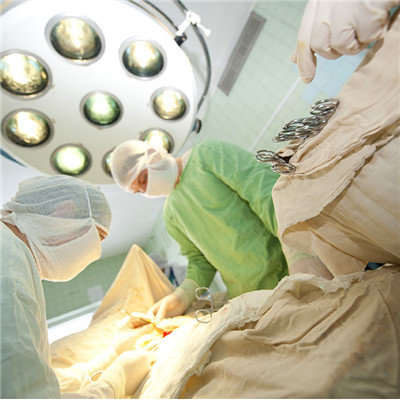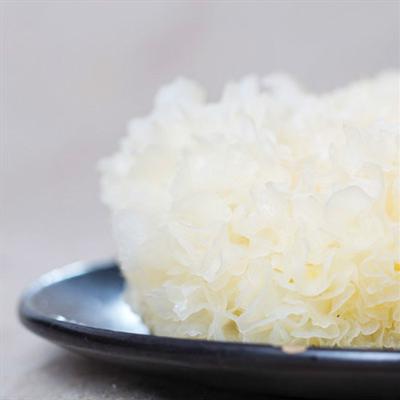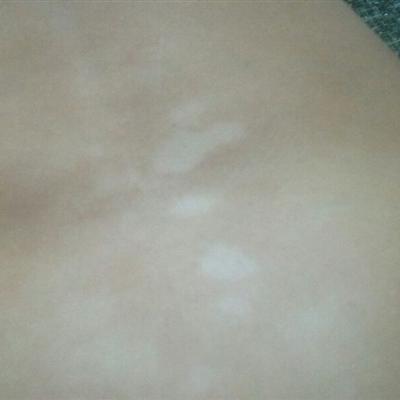How long does otosclerosis operation take?
summary
With the prolongation of the disease period, the decrease of suction was gradually aggravated. If not treated in time, as long as the stapes are completely fixed, the deafness will gradually stabilize. If the focus continues to develop to the inner ear, the deafness caused by the degeneration of cochlear nerve will continue to aggravate and will not be terminated by stapes fixation. How long does that otosclerosis operation last?
How long does otosclerosis operation take?
If the focus of otosclerosis is limited to the stapes floor, the sound conduction is blocked, and the performance is conductive deafness. If the lesion invades the cochlea, the round window and vestibulocochlear nerve endings will add the components of sensorineural suction disorder and become mixed deafness. About 80% of the patients often have significant tinnitus. Tinnitus may occur before or at the same time as deafness. Tinnitus is mainly low pitched, and some are high pitched, or continuous or intermittent. When cochlear degeneration occurs, tinnitus is more serious and lasting. Patients often feel that tinnitus is more painful than deafness, because in the day and night, their ears are constantly crying, and tinnitus is more prominent when they need to rest in a quiet environment, which makes people extremely worried.

Stapes surgery, the stapes fixed for direct treatment, in order to improve the patient's hearing. It is suitable for 13-80 years old patients with air conduction hearing loss more than 30dB and air bone conduction gap more than 15dB. The operation methods include stapes shaking, stapes raising, stapes total resection, stapes partial resection, CO laser stapes partial resection and artificial stapes. The affected stapes foot plate was completely or partially removed, and then the artificial stapes made of organic or inorganic materials such as autogenous residual ossicles or bone or cartilage columns in other parts of the body, polyethylene tubules, Teflon pistons, stainless steel wire fat plugs, silicone rubber or alumina ceramics were placed between the malleus or incus process and the vestibular window. The vestibular window was covered with autogenous vein, bone or cartilage, temporalis fascia, connective tissue and gelatin sponge.

The main sequelae of the operation: (1) sensorineural deafness: it may be related to artificial stapes loosening into the vestibule, perilymphatic leakage, vestibular window margin mucosa residual growing inward to form granuloma. Emergency tympanic exploration is necessary, which may lead to hearing recovery( 2) Facial paralysis, taste disorders: it is generally believed that with the chorda tympani nerve traction, more in a few months to recover( 3) Vertigo: postoperative patients have mild vertigo, less than 1 week, mild vertigo does not need treatment, severe can take promethazine hydrochloride or chengyunning( 4) Tympanic membrane perforation: the tympanic membrane of patients with otosclerosis is thin, and the healing is not as good as that of normal people. A few patients with postoperative perforation must be repaired.

matters needing attention
Otosclerosis generally develops slowly, and even the patient can not clearly describe when it begins to develop. Sometimes due to some factors, the development of lesions is accelerated, such as pregnancy, some patients with hearing loss to a certain extent, can be stable for a long time. Therefore, a considerable part of this disease has not been paid due attention, resulting in delayed treatment.













